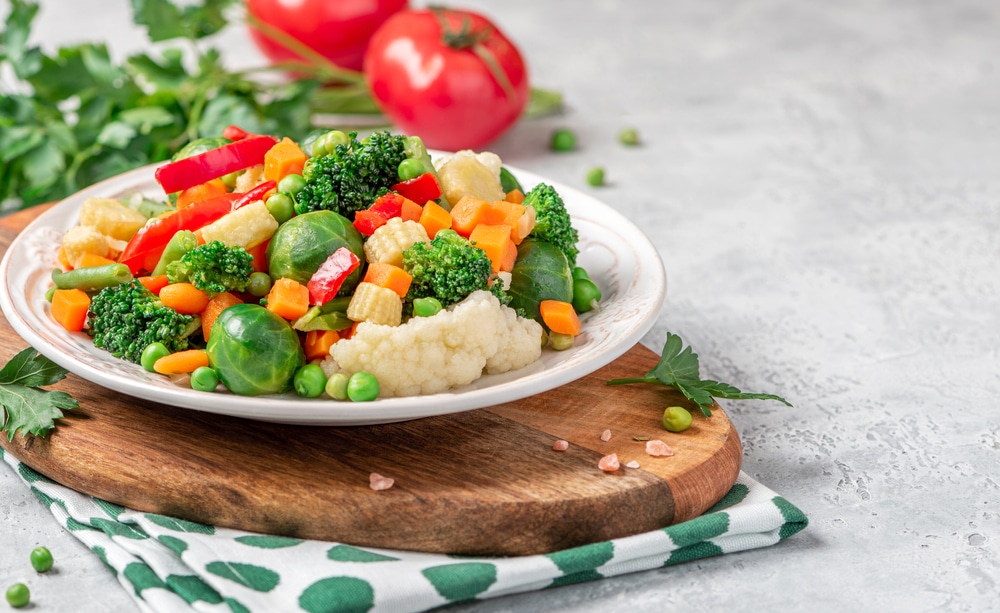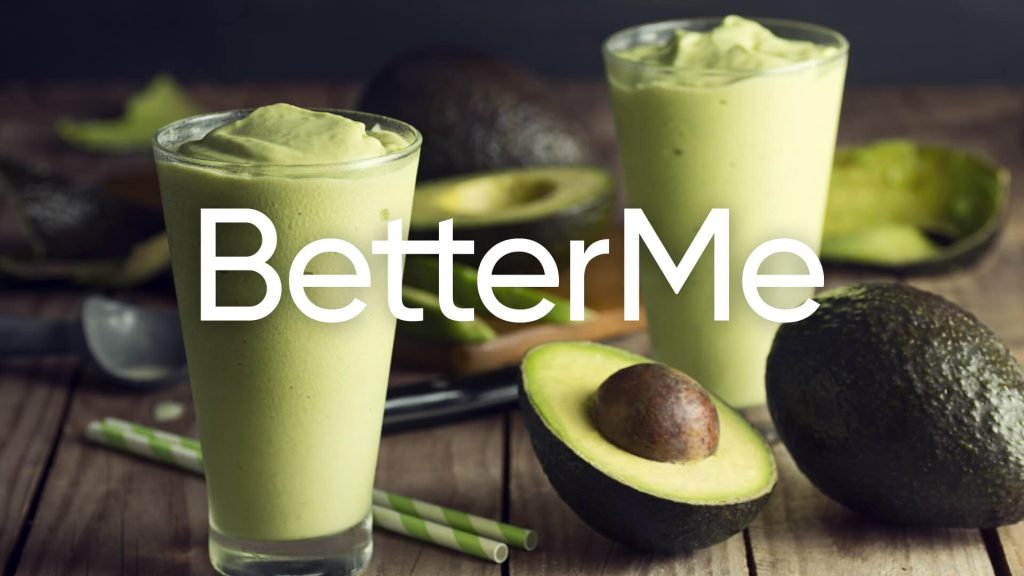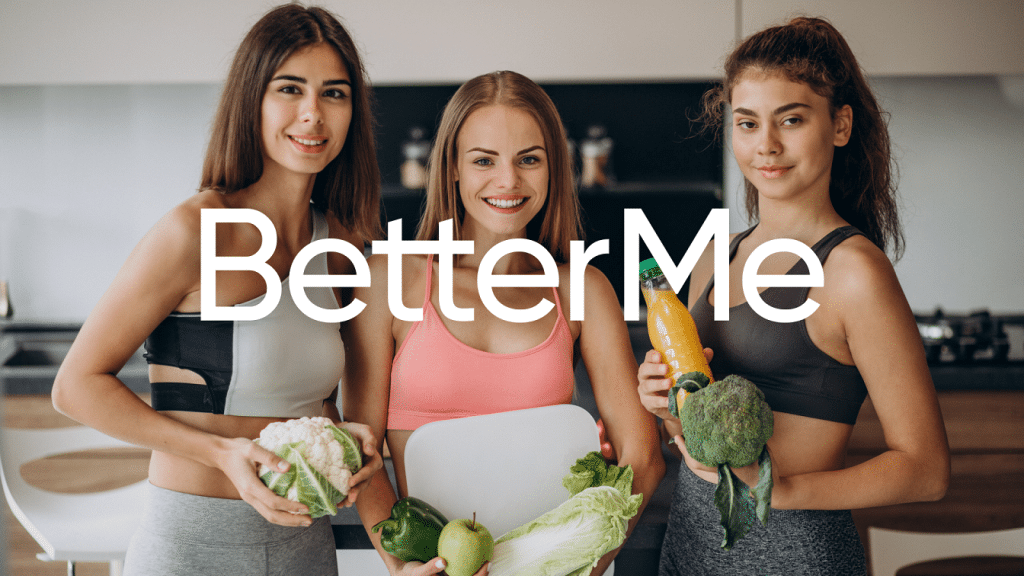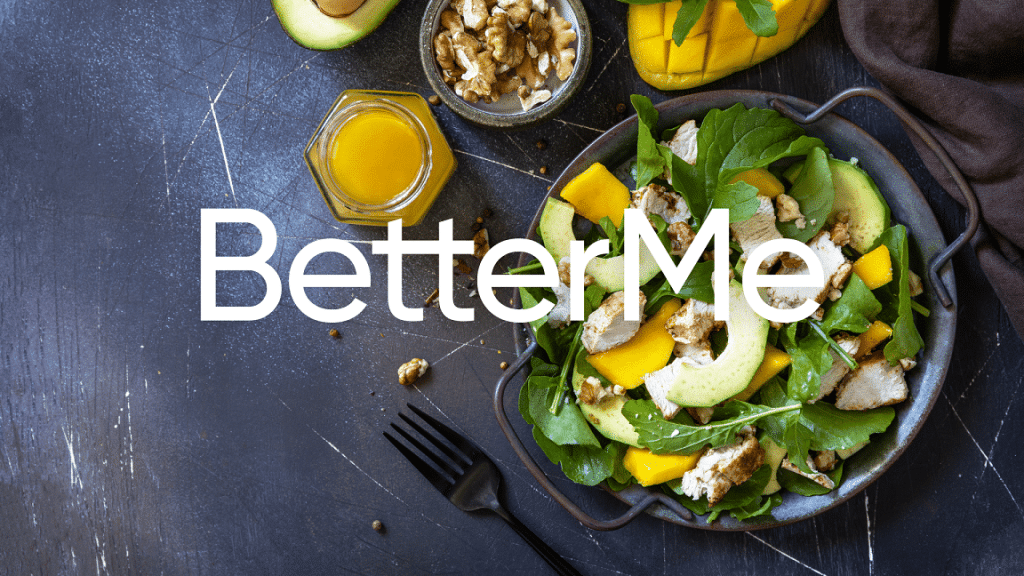Vegetables have for long been considered one of the healthiest types of food. They are rich in micronutrients, fiber, and antioxidants and are low in calories. But what is a serving of vegetables? Many people do not meet the minimum required intake for vegetables. So while it looks like you eat a lot of fruits and vegetables, maybe you aren’t. The good news is that eating the right portions of fruit and vegetables is not as complicated as it sounds.
Get your personalized
meal plan!
What Is Considered A Serving Of Vegetables?
You probably have heard that half of your plate should be vegetables. But when you go into detail, that statement sounds a little vague. To properly understand what is a serving of vegetables, you need to know the exact portions of fruit and vegetables you need to take.
A recent study done by the CDC shows that only 1 in every 10 Americans gets enough vegetables (5). Consuming enough vegetables and fruits has been shown to lower the risk of many diseases such as heart diseases, obesity, and type 2 diabetes (2). The official US recommendations are that an adult consumes about 2 to 4 cups of vegetables and 1 ½ cups to 2 cups of fruit per day.
The serving of vegetables varies from one country to another. Serving also varies based on the measurement units and preparation method used. Vegetables may be cooked, eaten raw, frozen, canned, or even dried.
Typically, a serving of vegetables is about one cup, raw or ½ cup cooked. So, what is a serving of leafy green vegetables? For leafy vegetables, one serving is about 2 cups.
But what is a European serving of vegetables? The measurement may vary from country to country within the region but a serving is between 80 and 100 grams.
Read More: Super Vegetables: Fiber And Antioxidant Bombs That Should Be On Your Plate Daily
Examples Of A Serving
Here are a few examples of a serving of some of the healthiest vegetables:
- 1 cup of broccoli
- 2 cups of raw spinach, lettuce, escarole, or kale
- 1 cup of tomato juice
- A cup of sweet potato (boiled or mashed)
- 1 cup of cooked or raw cabbage
- 12 baby carrots or 2 medium carrots
- 1 cup of whole or cooked black beans, soybeans, or lentils
- A cup of mushrooms
- 1 large ear of corn about 8 to 9 inches long.
The Measurement
Given that a serving varies depending on the preparation method, it would be best to understand the measurement for each.
- Green fresh vegetables – 2 cups of raw spinach, 2 cups of raw watercress, or 2 cups of any other green leafy veggies.
- Canned or frozen vegetables – the serve sizes for canned and frozen veggies are similar to fresh portions—1 cup of frozen carrots or 1 cup of frozen green peas.
- Cooked veggies – 3 spears of 5 inches long broccoli, 1 cup of collard or mustard greens,1 cup of kale, 1 cup of zucchini, or 1 cup of spinach.
- Salad veggies – 1 cup of chopped raw cucumber, one large raw tomato, 2 stalks of celery about 11 to 12 inches long, or one large red bell pepper.
- Mashed vegetables – 1 cup of mashed pumpkin, 1 cup of mashed beans or lentils, or 1 cup of mashed white potatoes.
Intense sweat sessions, working weight loss tips, lip-smacking recipes come in one package with the BetterMe app. And all of it is at your fingertips, start transforming your life now!
What Is The Recommended Serving Of Vegetables Per Day?
The amount of vegetables one should take in a day varies depending on age, height, sex, weight, and physical activity. The minimum intake of vegetables and fruits for a man is higher than that of a woman or child. Remember that the best vegetables to eat are the whole variety, not the processed variants like kale chips. Here are the recommended daily intake of vegetables according to age:
Babies And Toddlers
A baby or infant is usually between 0 to 23 months. Most babies typically begin to eat solid foods when they get to about 4 to 6 months. Babies tend to prefer sweet flavors, so vegetables may quickly hook them. A baby should take about 2 thirds to 1 cup of vegetables daily.
Toddlers between 2 to 4 years should eat about 1 to 2 cups in a day. If they are not a fan of greens, try to serve them small portions throughout the day. You could break a cup down into tablespoons, which is about 16 tablespoons. So give 4 tablespoons at each meal, 4 times a day.
Be on the lookout that a child does not choke on the slices of chunks of vegetables. You can mash up starchy veggies like potatoes with kale or mix a veggie with a smoothie for babies. Giving fresh carrots or tomato juice is a great idea.
Young Children
For children between the ages of 4 to 8, convincing them to eat that plate of vegetables might be somehow tricky. Nonetheless, they should take about 1½ cups to 2½cups. You can alternate between raw and cooked veggies. You should also cut up veggies like carrots into small pieces with young children so that they do not choke.
Boys
Once kids get to their pre-teen and teen years, their nutritional needs start to vary based on gender. For boys between age 9 and 13, they should take at least 2 to 3½ cups of veggies. Teenage boys between 14 to 18 should have 2½ to 4 cups daily. And if a child is more physically active, they would benefit from eating more vegetables.
Girls
The minimum recommended intake for girls is lower than that of boys. Girls in their pre-teens should eat 1½ to 3 cups daily. The recommended daily intake for girls in their teen years is 2½ to 3 cups. And because it might be challenging to monitor the food intake of your teenage child, you can make sure that you include lots of veggies during family meals.
Young Adults
Anyone between the age of 19 of 30 years falls under this bracket. For young male adults, the minimum recommended daily intake is 3 to 4 cups. For females within this age bracket, they should take a minimum of 2½ to 3 cups daily. You may find it easier to make salads and smoothies at this age than preparing whole vegetables.
Adults Between 31 And 59 Years
For middle-aged males, the minimum required intake is also 3 to 4 cups daily. For women in this age bracket, the daily recommended intake is 2 to 3 cups of vegetables. Whole cooked or raw veggies are the ideal option, but any kind of vegetables count. So maybe avoid kale and potato chips, but fresh, frozen, or canned vegetables are all good.
Older Adults (Over 60 years)
As you get older, it is still crucial that you take the right amounts of veggies. However, you need to reduce the number of calories you consume, including those from vegetables. Men over 60 should take about 2½ to 3½ cups, while women of the same age bracket should take 2 to 3 cups of vegetables daily.
Read More: Types Of Vegetarian Diet: Learning About All The Different Shades Of Vegetarianism
What Is The Five-A-Day Serving Recommendation For Fruits And Vegetables?
First, what is a serving of fruits and vegetables? The correct serving for fruits is about 1 cup of raw fruit or 1 cup of 100% fruit juice. The five-a-day serving is the recommended approach.
The five-a-day serving refers to eating 5 portions in total from various types of vegetables and fruits each day. One serving contains about 80 grams. This five-a-day serving is an approach by the World Health Organization that recommends eating about 400 grams of vegetables and fruits daily to reduce the risk of cardiovascular disease, diabetes, and some cancer types.
Eating 5 servings of fruit and vegetables is highly encouraged because of its great benefits to your health. Below are benefits that support the five-a-day servings approach:
Reduces The Risk Of Heart Disease
Heart disease is the leading cause of death in the world. Research shows that a diet rich in vegetables and fruits can help reduce the risk of heart disease. People who eat more than five servings of fruit and vegetables every day had a 17% lower risk of developing heart disease than those who took under 3 servings.
Are Rich In Vitamins And Minerals
Vegetables and fruits are the most nutrient-dense foods. They contain a variety of vitamins such as vitamin C, Vitamin K, and B vitamins. They are also rich in minerals such as folate, potassium, phosphorus, zinc, and magnesium. These vitamins and minerals are essential for good health.
Helps Improve Gastrointestinal Health
Vegetables and fruit contain insoluble fiber that absorbs water and expands as it passes through the gut. This can help calm symptoms of irritable bowel. Thus, insoluble fibers increase stool weight and stool water content that stimulates peristalsis and secretion of mucus (3).
The bulking property of insoluble fiber may decrease pressure in the intestinal tract and help prevent diverticular disease (1). Vegetables are also rich in magnesium that helps relieve constipation by improving muscle contractions in the GIT.
Reduces The Risk Of Developing Certain Cancers
Numerous studies show a link between consumption of fruits and vegetables and protection against certain types of cancers. Consumption of adequate amounts of fruits, green and yellow vegetables may help prevent gut cancers such as stomach, rectal and esophageal cancers.
Specific components found in different fruits and vegetables may help protect against cancer. For instance, a vegetable such as a tomato contains a component called lycopene that gives it the red pigment. Studies show that a higher intake of tomatoes and lycopene helps lower the risk of prostate cancer (4).
Helps In The Management Of Weight
Vegetables and fruits are low in calories compared to many foods yet very nutritional. They also have high water and fiber content making them satiating. They are also low in fats and sugars. So when combined with a diet of lean protein, healthy fats, and low carb and exercise, they can help prevent weight gain and promote weight loss (6).
Keeps Your Eyes Healthy
Eating a diet rich in fruits and vegetables may also help with vision and prevent the most common aging-related eye conditions- macular degeneration and cataracts. Specific components such as zeaxanthin and lutein seem to lower the risk of cataracts.
Whether you’re looking to simply pep up your fitness routine, jazz up your diet with mouth-watering low-calorie recipes or want to get your act together and significantly drop that number on your scale – the BetterMe app has got you covered! Improve your body and revamp your life with us!
What Is The 1-2-3 Approach To Eating Fruits And Vegetables?
You may find that you cannot take five servings of veggies and fruits daily because of your busy work or school schedule. The 1-2-3 approach can help you fit all servings or more throughout the day.
Get six servings by taking:
- 1 at breakfast
- 2 during lunch
- 3 during dinner or with snacks
Keep in mind that one serving is about 80 grams. The measurements for a serving can also vary depending on the type and preparation method. For example, two cups of raw leafy veggies like spinach is one serving while that of broccoli is one cup.
Here are great ideas to use for each mealtime:
Breakfast
- Add mixed berries or chopped apples into muffin, cake, or pancake batter.
- Make a smoothie with fresh fruit. You can also add veggies such as spinach or carrots to your smoothies.
- Accompany your breakfast cereal with fruits like bananas, blueberries, grapes, or strawberries.
- Prepare a vegetable-packed omelet by adding pepper, spinach, or onions.
Lunch
- Prepare homemade vegetable soup.
- Add extra green veggies to your meat wraps or sandwiches.
- Pack a fruit salad or vegetables as a side dish for your lunch.
- Instead of throwing away leftover veggies from the previous night’s dinner, eat them with your lunch as a side dish.
Dinner
- Replace cake, ice cream, and other desserts with fruits like berries, peaches, melons, or make a fruit and yogurt parfait.
- Add carrots, onions, peas, tomatoes, pepper, or spinach to pasta dishes.
- Boil whole vegetables and eat them alongside your main meal.
- Make stir-fries with lots of vegetables. You can use either fresh or frozen veggies, or even canned.
The Bottom Line
Vegetables and fruits are highly nutritious, and their consumption is beneficial to your general health. Getting the right servings of vegetables each day should be a priority. Remember to keep your age and physical needs in mind.
And given the fact that you better understand what is a serving of vegetables per day, you can be able to incorporate the right amounts to your meals. Eating the most nutritious vegetables doesn’t always have to be complicated. Make things interesting by trying new vegetable-only recipes and see how that goes.
Sticking to a healthy diet based on your health needs, allergies and preferences is a great idea, however, when combined with a workout plan that meets your goals, it might bring you significant benefits. Better mood, stronger muscles and endurance are just some. Check out the 20 Minute Full Body Workout at Home below.
DISCLAIMER:
This article is intended for general informational purposes only and does not address individual circumstances. It is not a substitute for professional advice or help and should not be relied on to make decisions of any kind. Any action you take upon the information presented in this article is strictly at your own risk and responsibility!
SOURCES:
- A Prospective Study of Dietary Fiber Types and Symptomatic Diverticular Disease in Men (1998, academic.oup.com)
- Disparities in State-Specific Adult Fruit and Vegetable Consumption — United States, 2015 (2017, cdc.gov)
- Gastrointestinal Transit Time, Glucose Homeostasis and Metabolic Health: Modulation by Dietary Fibers (2018, ncbi.nlm.nih.gov)
- Lycopene/tomato consumption and the risk of prostate cancer: a systematic review and meta-analysis of prospective studies (2013, pubmed.ncbi.nlm.nih.gov)
- Only 1 in 10 Adults Get Enough Fruits or Vegetables | CDC Online Newsroom (2017, cdc.gov)
- The Relationship between Vegetable Intake and Weight Outcomes: A Systematic Review of Cohort Studies (2018, ncbi.nlm.nih.gov)
















